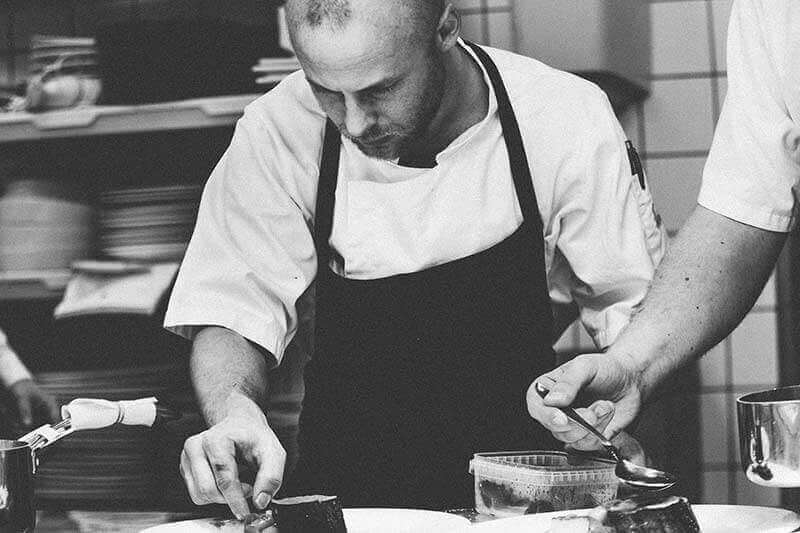
How reducing food waste can help your hotel stand out from the crowd
With the average US restaurant producing 150,000 lbs of garbage each year and 84% of food waste ending up in landfills, it’s clear that businesses are failing to do their bit for the environment.
Not only is food waste bad for the environment, it’s also bad for business too. In fact, food waste costs the hotel sector approximately $454 million each year through procurement, labor, utilities and waste management costs.
However, by going the extra mile and making significant efforts to reduce food waste within their restaurants, not only can hotels save money, they can also see an increase in publicity. Here are just a few ways you can reduce food waste and stand out from the crowd:
Determine where waste is caused – and publish your findings
Research from WRAP suggests that 45% of food waste is caused during the food preparation stage, 21% is spoiled and 34% comes back from customers’ plates.
To determine whether this is the case in your hotel’s restaurant, over the course of a week, monitor all food waste that occurs in your business. Use three separate bins and label them ‘preparation waste’, ‘spoilage’ and ‘plate waste’. If possible, weigh the bins at the end of each day to see where the most waste is being generated.
Once you’ve determined where the problem lies, put a plan in place to rectify the situation and consider making your findings public. Compile your research in a downloadable PDF and contact zero waste activists and sustainability journalists to notify them of your research.
Speak to your customers
If you discover that a significant percentage of food waste produced by your business is the result of guests’ leftovers, speak to diners to see what you can do to improve. It may be the case that portions are too large or certain dishes fail to meet their expectations.
Consider giving customers a small percentage discount off their next meal or entering them into a prize draw if they give you feedback.
Host a training day
With poor preparation techniques often blamed for restaurant food waste, if you find that kitchen staff is throwing away perfectly good scraps of food while preparing customer meals, why not host a training day to improve employees’ skills? Not only can this be a great way of encouraging workers to change their behavior, you could publicize the event in local newspapers and online to benefit from some PR.
Consider hosting a similar event for hotel guests and members of the public so they can learn how to make the most of leftovers when they’re cooking for themselves.
Donate leftovers to charities
Contact a local homeless shelter and see whether it’s possible for you to donate leftovers to them on a regular basis. By collaborating with charities, you can minimize the amount you throw away, help those in need, and benefit from a great publicity boost.
Be creative
By thinking outside the box and finding creative ways to reduce waste in your restaurant, you can really stand out from the crowd and gain publicity. UK-based restaurant, Silo, rewards customers with a free coffee every time they return five disposable coffee cups for recycling. The same restaurant also uses wastewater from the coffee machine to flush the toilets.
And Chicago chef Justin Vrany is so passionate about sustainability that he’s made his restaurant, Sandwich Me In, completely zero-waste. In fact, the establishment has gone two whole years without creating any garbage. He produced a short film to promote his ‘garbageless restaurant’.
If you’re going to great lengths to reduce restaurant food waste, be sure to share your efforts with others. Whether you create a video like Vrany did, or share your wisdom in a blog post or infographic, there are so many ways to spread the word and get your restaurant’s name out there.
This post was written by Jenni Hill from uComply Risk Management, a Food Hygiene and Health & Safety Consultancy based in the UK.